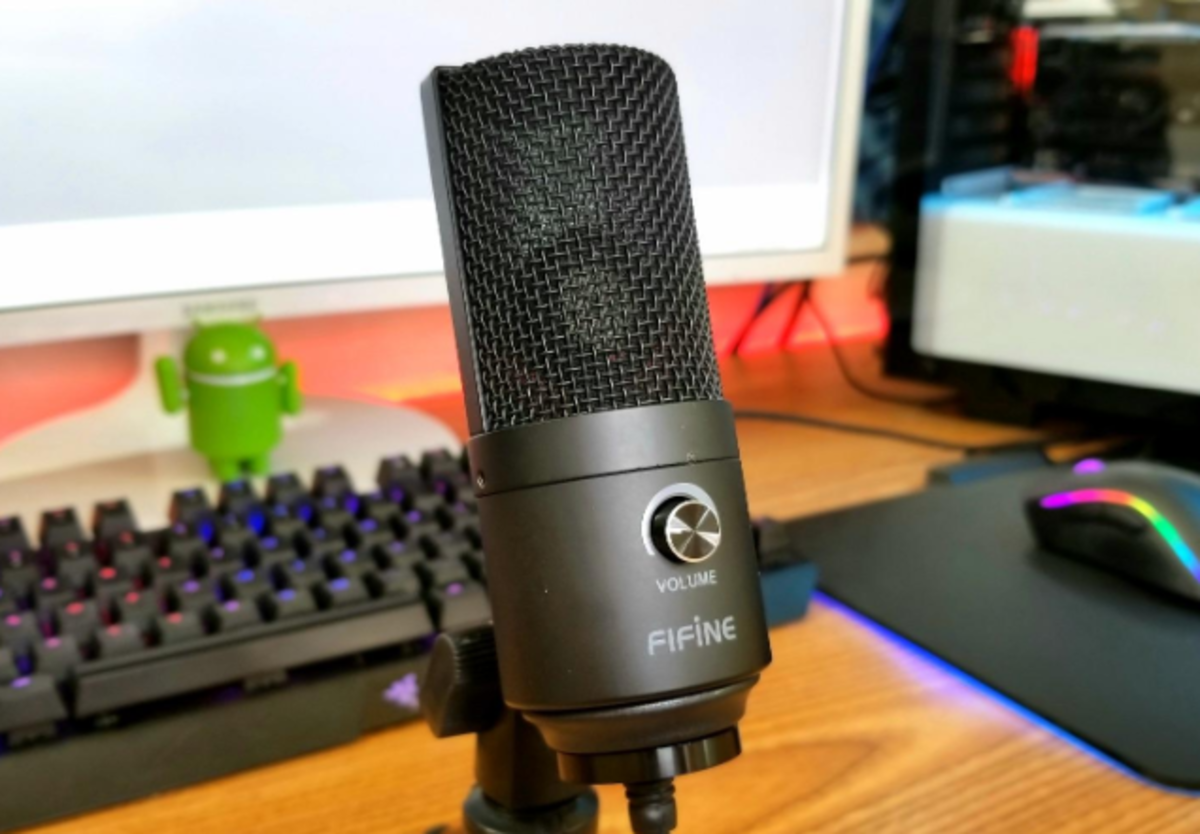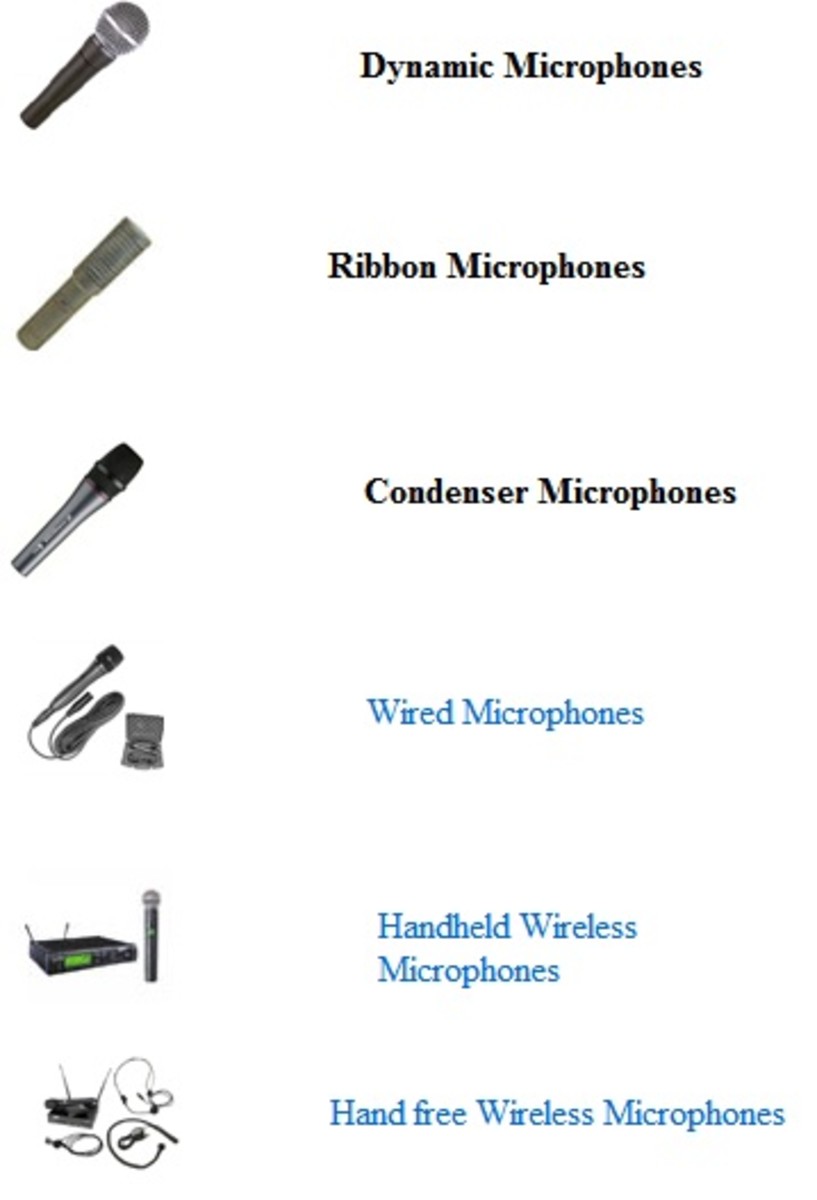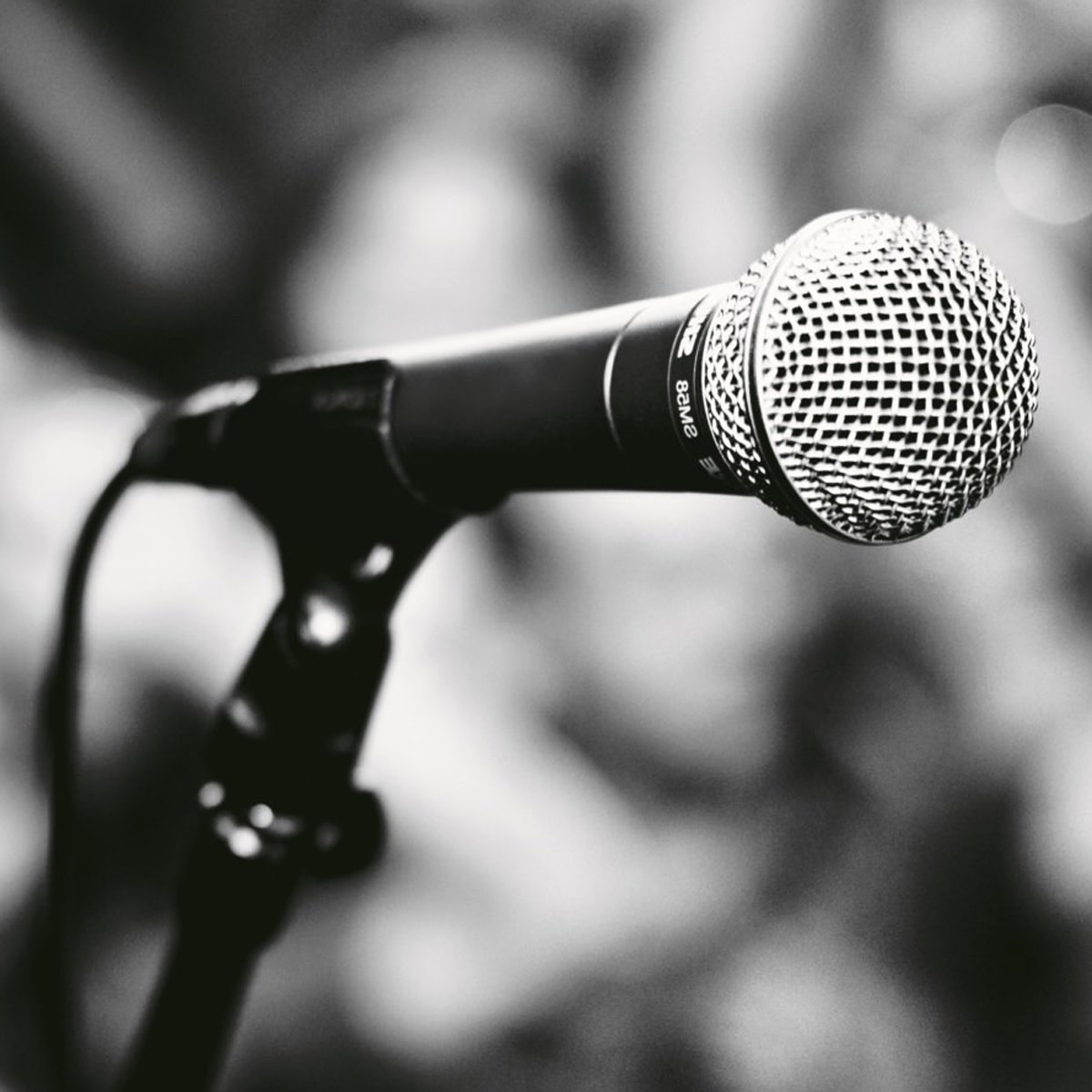Review of the Best Condenser Microphone Rode NT1a
Introduction
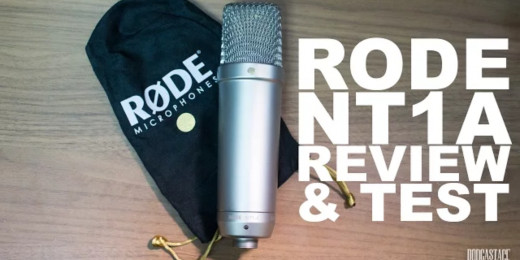
The NT1a is a large diaphragm condenser mic from the folks over at RODE Microphones. The large diaphragm condenser is considered to be clearest of all the microphones. It's very sensitive to sound, meaning it can capture more detail in quite, intimate performance as well as exciting ones.
More information
Getting the Rode NT1a setup isn't to much of a hassle but it still requires you have the right equipment. You won't be able to just take this out of the box and plug it into a computer given that it isn't a USB microphone. You'll need an XLR cable in order to connect it to an audio interface or even a voice recorder. Thankfully Rode included a decent 6m long cable in the box along with a shock mount and carrying case. Once you get it mounted and connect the XLR cable to your interface out choice, the next thing you need to know is how to power and position it.
Design
The Rode NT1a is a side address condenser with transformerless jFET circuitry. It has a cardiod polar pattern and a large 1" capsule with a gold plated diaphragm. It has very simple design with no pad or filters. Rode leaves these extras to the higher-end microphone in their product line. The NT1a has started a large diaphragm condenser frequency response of 20Hz - 20kHz. The mic has maximum SPL of 137dB. It's a reasonably high rating but if you are particularly concerned about SPL you may be better off getting a mic with a higher overall rating or a pad switch.
What's in the box
First thing I noticed with the Rode NT1a is just how much they include in the package itself. Nearly every condenser microphone has a shock-mount included these day, so that's why not really anything special. But with the NT1a package, you also get a cover, a pop filter and an XLR mic cable inside.
They all work excellently, and makes the whole bundle even more perfect for musicians who are just starting to build out their home studio. By having these bundled in with your condenser mic, you'll save approximately $30 to $40 that you could use for something else.
Products
| Features
| Review
|
|---|---|---|
Microphone
| White colour
| 5 stars
|
Headphone
| Black colour
| 4 stars
|
Pop filter
| Transparent
| 5 stars
|
Is the Rode NT1a good mic?
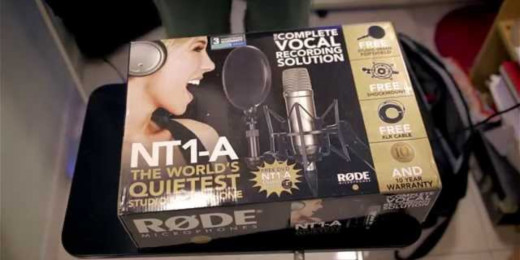
We both agreed that the Rode NT1a gave her vocals the most presence and clarity out of all the microphones we tested. If you're after a recording without much coloration, then this microphone definitely for you. The mic is very quite, which also can be a good thing or a bad thing for some people.
Can you use a condenser mic without phantom power?
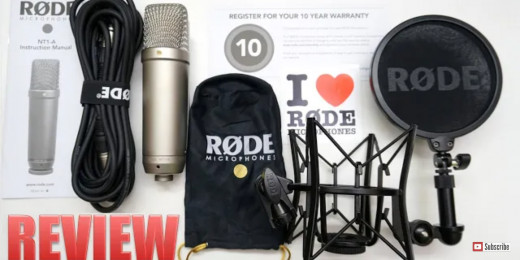
Yes you can use a condenser mic without phantom power, however, it's not advise because too many problems will happen if you do this. Its best to always turn on phantom power when you are using the mic so that you can record at optimal levels. Do you and your favourite condenser mic the favor and hit that 48v switch.
Is the Rode NT1a a USB mic?

The Rode NT1a Microphone/USB preamp bundle is a B&H kit perfect for the desktop podcaster or singer/songesongw. The microphone comes with a shock-mount and integrated pop screen, a cable and a dust cover. The bundle includes a desktop stand and a pair of headphones for monitoring.
Can phantom power damage a mic?

Some balanced output devices, such as T-powered microphones and dynamic ribbon microphones, can be permanently damaged if phantom power applied to them. Turn off phantom power when connecting these types of equipment. With all sound devices mixers and recorders, each input channel has its own phantom power control.
Is condenser mic better for vocals?
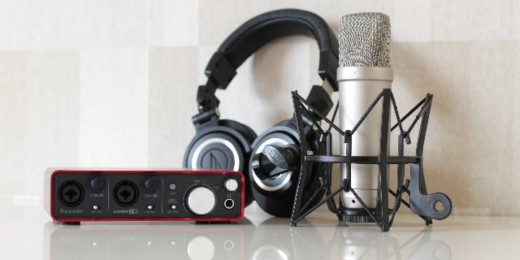
Condenser microphone are the best used to capture vocals and high frequencies. They are also preffered type of microphone for most studio applications. Also known as capacitor microphones, condenser mic are mainly used in studios because of their detail and accuracy.
Which mic does Drake use?
We often get asked what mic does Drake use for live concert and in the studio. The wireless microphone he uses is called the Sennheiser Digital 9000.

